Furuncle Removal
Contrary to popular belief, a furuncle is not something you should treat on your own. Improper treatment of this inflammatory condition can lead to serious complications, such as furunculosis or sepsis.
The fastest and safest way to treat a furuncle is with a qualified dermatologist or surgeon. In some cases, specialists such as an infectious disease specialist or immunologist are also involved.

specialists

equipment

treatment
Indications and contraindications for furuncle removal
If the growth causes severe discomfort and does not respond to conservative treatment, do not delay a visit to a specialist.
Indications for surgery
There are many indications for surgical removal of a boil. Firstly, if the boil exceeds normal size, conventional treatment will not produce the desired result. Large inflammatory processes are difficult to treat with topical medications, and in such cases, doctors recommend surgery to quickly eliminate the source of the inflammation.
Secondly, the location of the boil is extremely important. For example, boils on the face, neck, back, and head require special attention. These areas are anatomically vulnerable—their blood vessels and nerve endings are located close by, significantly increasing the risk of infection. Therefore, specialists prefer to eliminate possible risks in advance and perform surgery.
Furthermore, severe pain is also an indication for intervention. Intense, persistent pain interferes with normal bodily function, reduces the patient's quality of life, causes stress, and a general deterioration in well-being. Removing the source of inflammation can significantly improve the patient's condition.
Finally, the risk of complications is particularly dangerous. Boils on the face are close to the brain, and infection can potentially spread there, causing serious neurological disorders. To prevent serious consequences, it's best to trust an experienced surgeon and treat the problem promptly.
Contraindications for removal
There are situations when boil removal is undesirable. Here are some of them:
- The patient's general severe condition: high temperature, weakness, fever, severe intoxication. In such circumstances, the body is stabilized first, and then treatment begins.
- The presence of acute infectious diseases: influenza, acute respiratory viral infections, pneumonia, and other illnesses weaken the body's defenses, increasing the risk of complications after surgery.
- Allergy to anesthesia: if the body does not tolerate local anesthetics well, the procedure is dangerous.
- Blood clotting disorders - if present, there is a high risk of bleeding and prolonged wound healing.
It is important to remember that every decision is made by a doctor, taking into account the individual health and general condition of the patient.
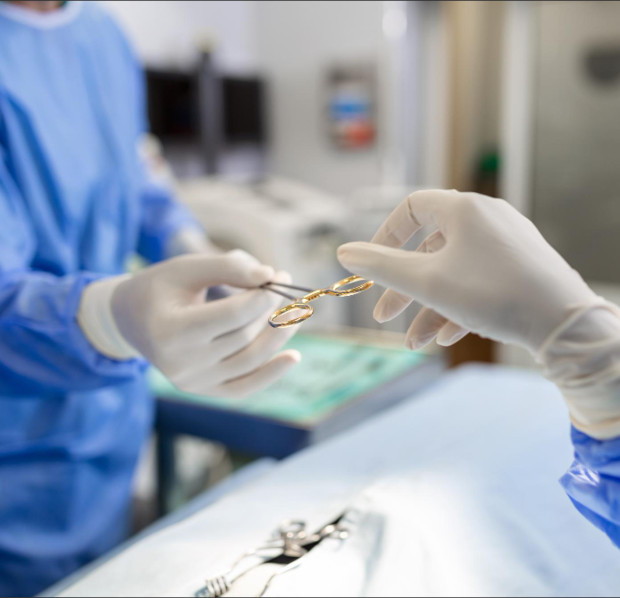
Symptoms and diagnostic features
A painful, red lump, resembling a small mound, suddenly forms in the hair growth zone. After some time, this area expands, gradually forming a dark purple, necrotic zone filled with pus in the center, visually resembling a volcanic crater before an eruption.
The discomfort becomes constant and sharp, with a throbbing and tingling sensation. The size of the lump varies from a few millimeters to much larger. A pustular blister then develops in the center of the abscess. When it bursts, it leaves a scab, revealing a dense core of pus and dead skin cells.
To accurately determine that a furuncle is present, it is important for the doctor to examine the patient and ask them in detail about their complaints. The diagnosis is usually made immediately based on the appearance of the inflammation: a red bump with a white center filled with pus.
Sometimes the doctor will request blood tests to ensure the immune system is functioning properly. The doctor may send a sample of the excreted material for testing if there is any doubt as to which bacteria is causing the problem. Particular attention is paid to patients with recurring episodes or severe symptoms, as frequent relapses may indicate immune system problems or chronic diseases.
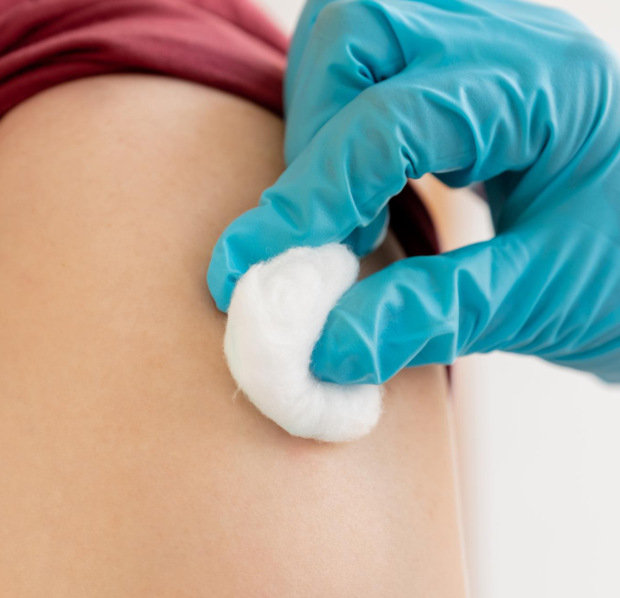
Stages of boil development
The process of boil formation involves three stages:
- Infiltration – characterized by the appearance of a small, reddish bump near the hair root, which is intensely painful.
- Maturity – this phase is accompanied by the growth of the boil itself: pus accumulates inside, the tissues swell and become more painful, the center takes on a purple hue and soon bursts out on its own. Another option is surgery: the surgeon removes the contents of the boil using special instruments.
- Healing – the final stage occurs after the pus has drained: the swelling subsides, the inflammation subsides.
The cavity formed after healing is sealed with new connective tissue, leaving a scar.
Complications of a boil.
Even a single boil can cause dangerous complications. The inflammation can deepen, developing into large abscesses such as carbuncles or extensive purulent lesions called phlegmon. Facial abscesses pose a particular threat: the infection can spread to the brain. Some patients experience regular flare-ups. In these cases, comprehensive therapy is required, including consultation with an immune-boosting specialist.
Methods for removing boils
If ointments and antibiotics don't help, doctors offer various options for getting rid of the abscess. The most well-known method is surgical treatment of the boil. Another modern technology is laser removal. The laser beam precisely targets the problem area, allowing the contents to be removed and killing bacteria.
Finally, the classic option is lancing the boil. The doctor punctures the top of the formation, drains the pus, and disinfects the wound. After the procedure, it is important to properly care for the skin to prevent re-infection. The treatment method is determined by the doctor, depending on the specifics of the individual case.
Surgical removal of a boil
Surgery is a last resort when other treatments have failed. Surgery is most often prescribed if the abscess is large, deep, or poses a risk of complications.
The surgery is safe and effective, performed under local anesthesia. Scars are minimal, especially if performed promptly. The main advantage of surgery is immediate relief from painful symptoms and the prevention of further risks.
Laser removal of boils
Modern medicine has developed an alternative to traditional methods—lasers are now used to treat boils. This method is ideal for boils affecting the face or other exposed areas. While traditional excision leaves a visible scar, lasers work with precision, ensuring precise action without tearing soft tissue. This leaves no traces of deep pits or large scars.
Opening a boil
The surgery is performed in a specially equipped room under complete sterility. The procedure takes approximately half an hour. The doctor begins by thoroughly preparing the patient's skin: wiping the affected area with a disinfectant. Next, the doctor administers a local anesthetic to minimize discomfort.
The next step is the incision itself. The surgeon makes a careful incision on the top of the abscess and uses a special medical needle or instrument to draw out the pus and dead tissue. After cleaning, the cavity is disinfected again and covered with a sterile dressing.
How is a boil removed?
Before surgery, the doctor carefully examines the boil and determines the best method for its removal. Choosing the right time is important: removal is performed when the abscess is ripe and ready to burst.
Preparing for Surgery
Before undergoing a boil removal procedure, it's important to prepare. Here's what you should do:
- Tell your doctor about all medications, vitamins, and supplements you're taking. You may need to temporarily stop taking some medications.
- On the morning of surgery, clean the area where the boil is located with soap.
- Wear comfortable clothing, preferably loose-fitting, so that nothing puts pressure on or irritates the incision site.
- If general anesthesia is planned, you should fast for at least six hours before the procedure.
Discuss with your doctor in advance what assistance you'll need at home. If you're feeling weak or have difficulty caring for the wound, you may need an assistant. Following these simple guidelines will make the surgery itself easier and speed up your recovery.
Surgical Technique
Before removing the boil, the specialist numbs the incision site with a special solution, then disinfects the surface with an antiseptic solution. After this, the doctor carefully dissects the abscess, making a neat incision slightly above its center or to the side.
The next step is to remove dead tissue and accumulated pus from the wound. The cavity is thoroughly cleaned, and if complete removal of the contents is difficult, a special drainage tube is inserted to ensure the drainage of any remaining pus.
After all procedures are completed, a sterile dressing is applied to the treated area. If the wound is large, its edges are additionally secured with special sutures. The doctor gives the patient clear instructions for further care of the surgical site at home.
Recovery and Recovery Period
Surgical removal of a boil does not require hospitalization. Generally, there are no special restrictions after the procedure, but it is best to discuss the need for pain relief with your doctor beforehand.
It is important to protect the surgical area from heat and moisture, and to treat it with an antiseptic prescribed by your doctor. Full recovery will take one to two weeks, depending on the severity of the inflammation and your individual ability to cope with the disease.
Преимущества обращения в клинику
Посещение медицинского центра для удаления фурункула несет массу плюсов по сравнению с попытками лечить образование в домашних условиях:
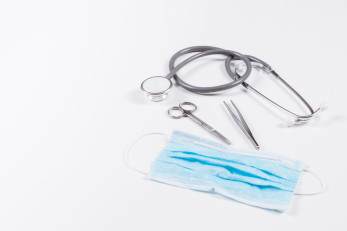
Лучший выбор — посетить медицинское учреждение и довериться профессионалам
-
Безопасность
Самостоятельно вскрывать чирей рискованно — можно занести инфекцию, усугубить воспаление или оставить грубые рубцы.
-
Быстрое избавление
Врач аккуратно уберет гной и продезинфицирует рану, снимет болевые ощущения в короткие сроки.
-
Профессиональный подход
Только опытный хирург определит, какой метод подойдет для конкретного случая, и выберет правильную форму обработки фурункула.
-
Минимизация риска осложнений
Медицинская помощь предотвратит распространение инфекции глубже в ткани, исключит образование новых фурункулов рядом.
-
Комфорт и спокойствие
Нет нужды переживать, получится ли убрать чирей самостоятельно. В клинике сделают все квалифицированно и безболезненно.
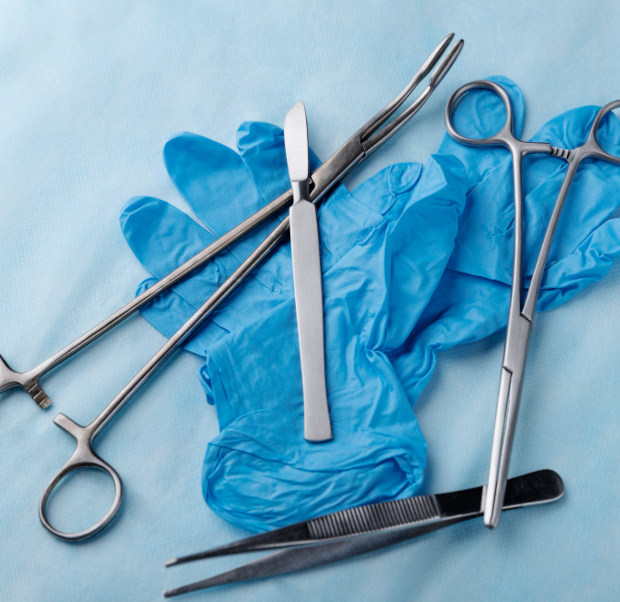
Modern Equipment and Technologies
The K+31 Medical Center is equipped with the most modern instruments and materials. We use innovative laser systems that allow us to carefully remove abscesses without discomfort. The precision of our equipment reduces the recovery period and ensures minimal scarring. Each procedure is monitored by state-of-the-art technology, guaranteeing safety and effectiveness.
A Team of Experienced Specialists
Our doctors have many years of experience and are constantly improving their professional skills. They have performed thousands of successful surgeries and know how to competently solve any problem. All procedures are performed by experienced specialists who care about the comfort and peace of mind of their patients.
Individualized Approach to Each Patient
We understand the importance of a personalized approach to treatment. Each case is unique, so our specialists thoroughly examine each individual's situation and offer the optimal solution. When developing a treatment program, all patient characteristics, needs, and wishes will be taken into account.
Prices for boil removal
The cost of boil removal depends on various factors: size, location, complexity of the procedure, and the patient's health. The qualifications and experience of the surgeon performing the procedure also influence the price. If additional examination or special preparation is required, the cost of the procedure increases.
The approximate cost of boil removal at the K+31 Clinic (Moscow) is listed in the price list, which you can find on the medical center's website. To find out the exact cost of treatment, please visit the clinic's doctor.

Frequently Asked Questions
Is it possible to go on sick leave after a boil removal?
Yes, it's possible. Everything depends on the depth of the skin lesion, the extent of the inflammation, and the patient's overall health. If the removal was easy and the surgical site heals quickly, sick leave is unlikely to be necessary. However, if the surgery was complex, the doctor may issue a few days' sick leave.
How long does recovery take after surgery?
Healing usually occurs fairly quickly. Within a week or two, the skin is completely restored, although each case is individual. The main thing is to follow your doctor's recommendations: treat the wound with antiseptics, avoid stress, and maintain good hygiene.
What types of anesthesia are used?
For small boils, local anesthesia is sufficient—a special solution is injected directly into the skin around the inflamed area. This relieves discomfort and allows the surgeon to safely remove the abscess. General anesthesia is sometimes used, especially if the patient is afraid of pain or the affected area is large.

This award is given to clinics with the highest ratings according to user ratings, a large number of requests from this site, and in the absence of critical violations.

This award is given to clinics with the highest ratings according to user ratings. It means that the place is known, loved, and definitely worth visiting.

The ProDoctors portal collected 500 thousand reviews, compiled a rating of doctors based on them and awarded the best. We are proud that our doctors are among those awarded.
Make an appointment at a convenient time on the nearest date
Price
Other services

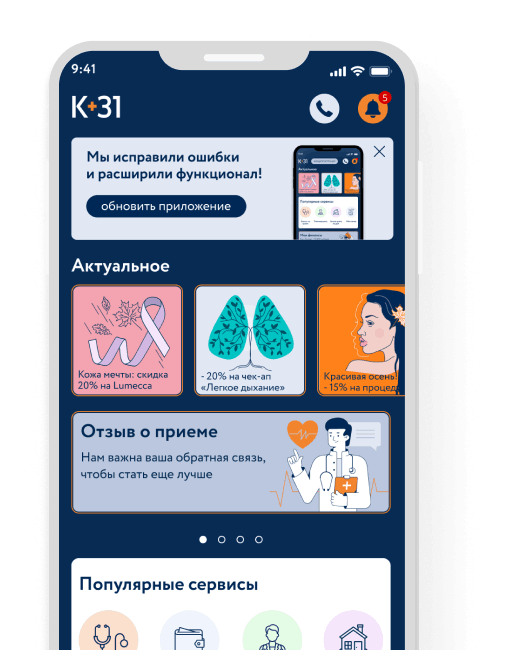
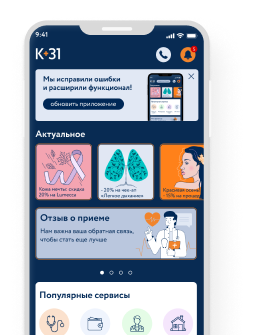



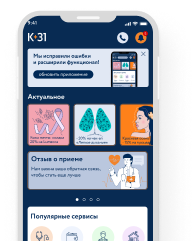


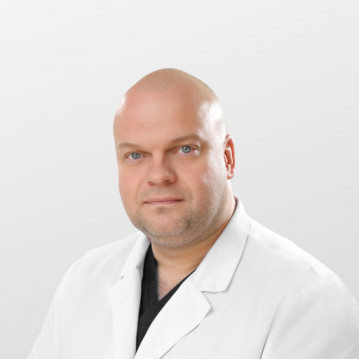
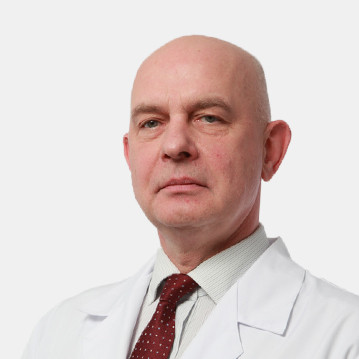





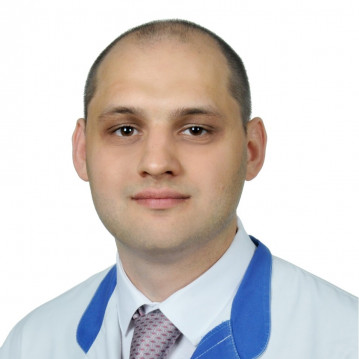



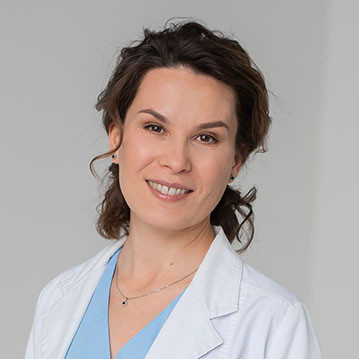
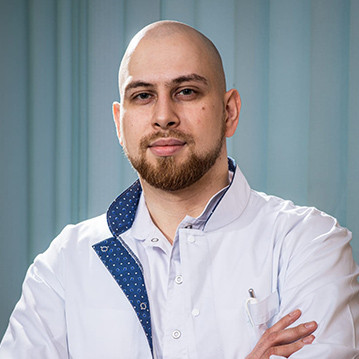
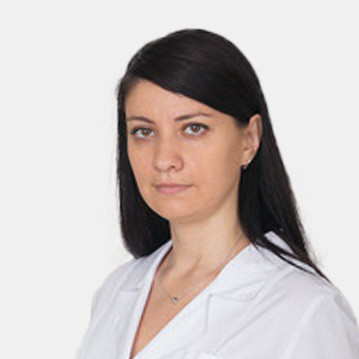
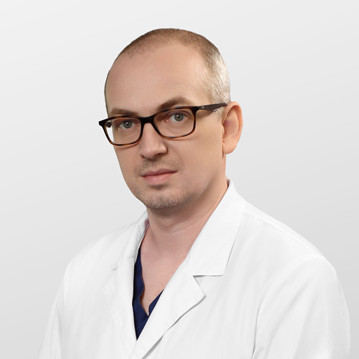
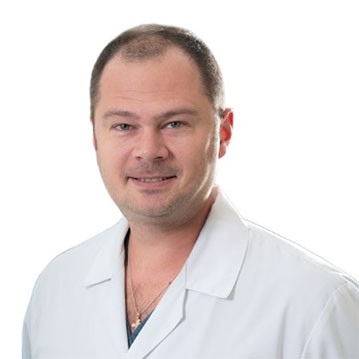
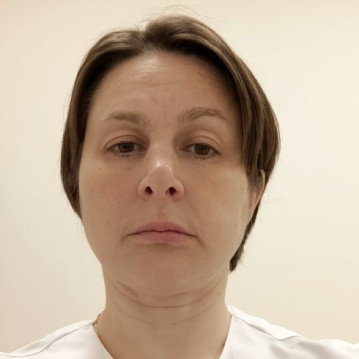
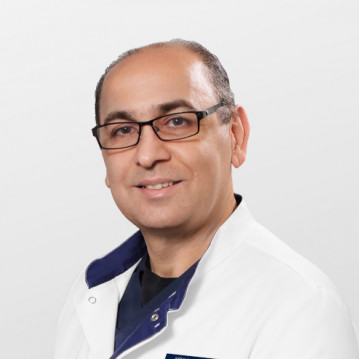


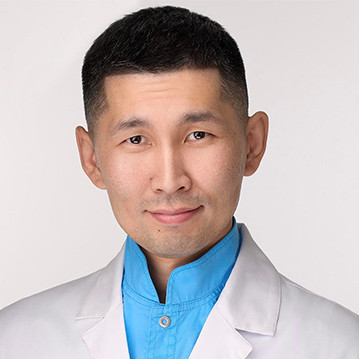

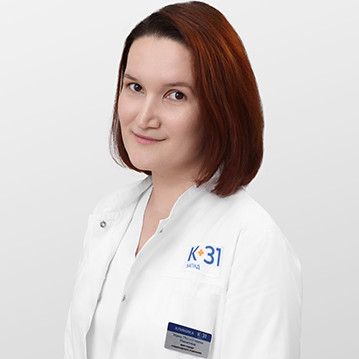


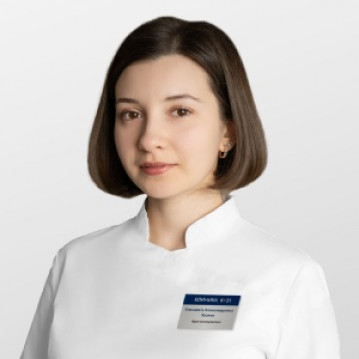

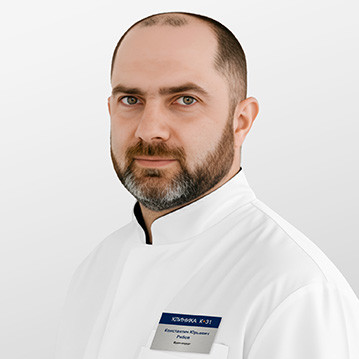
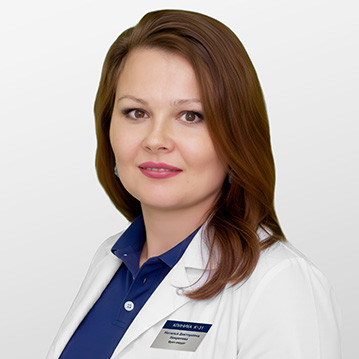
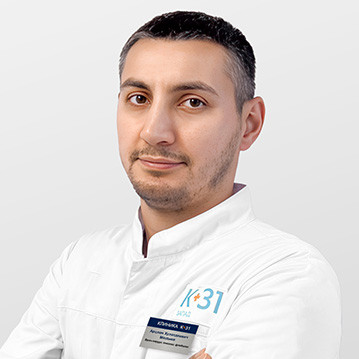
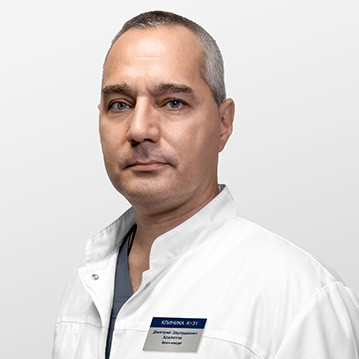

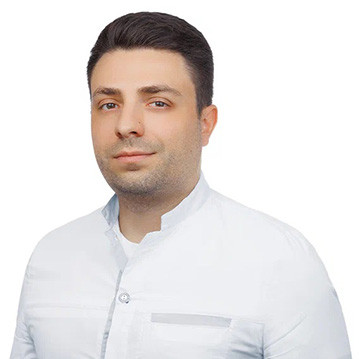
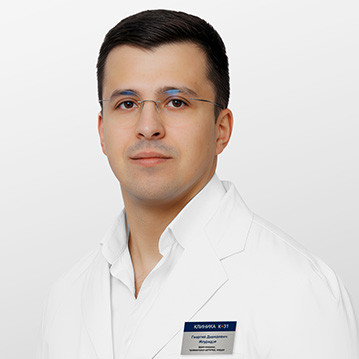






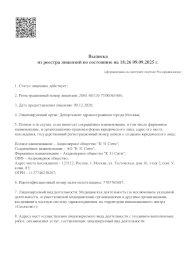
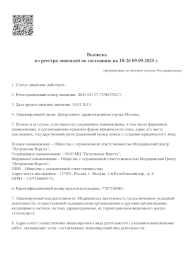

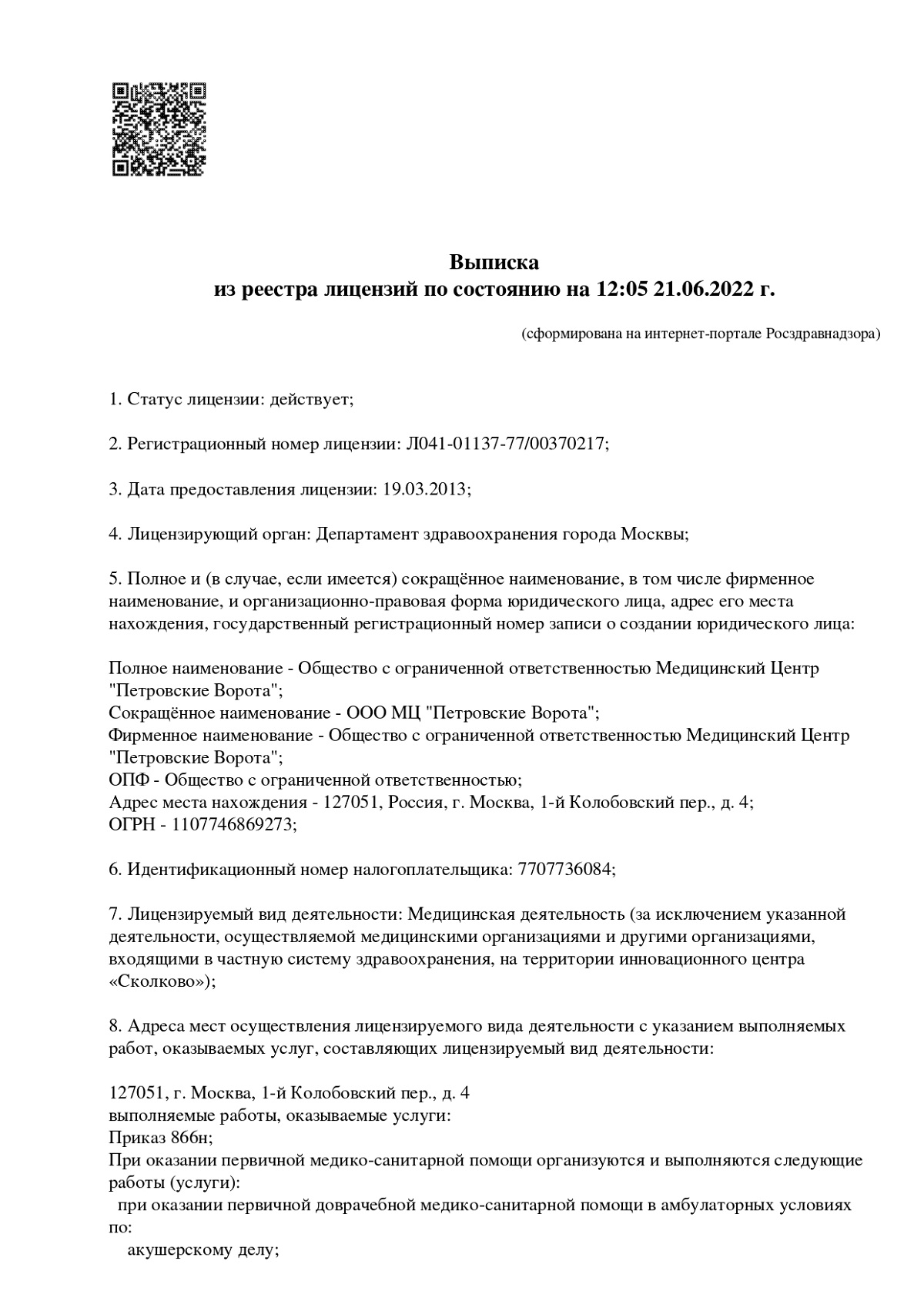
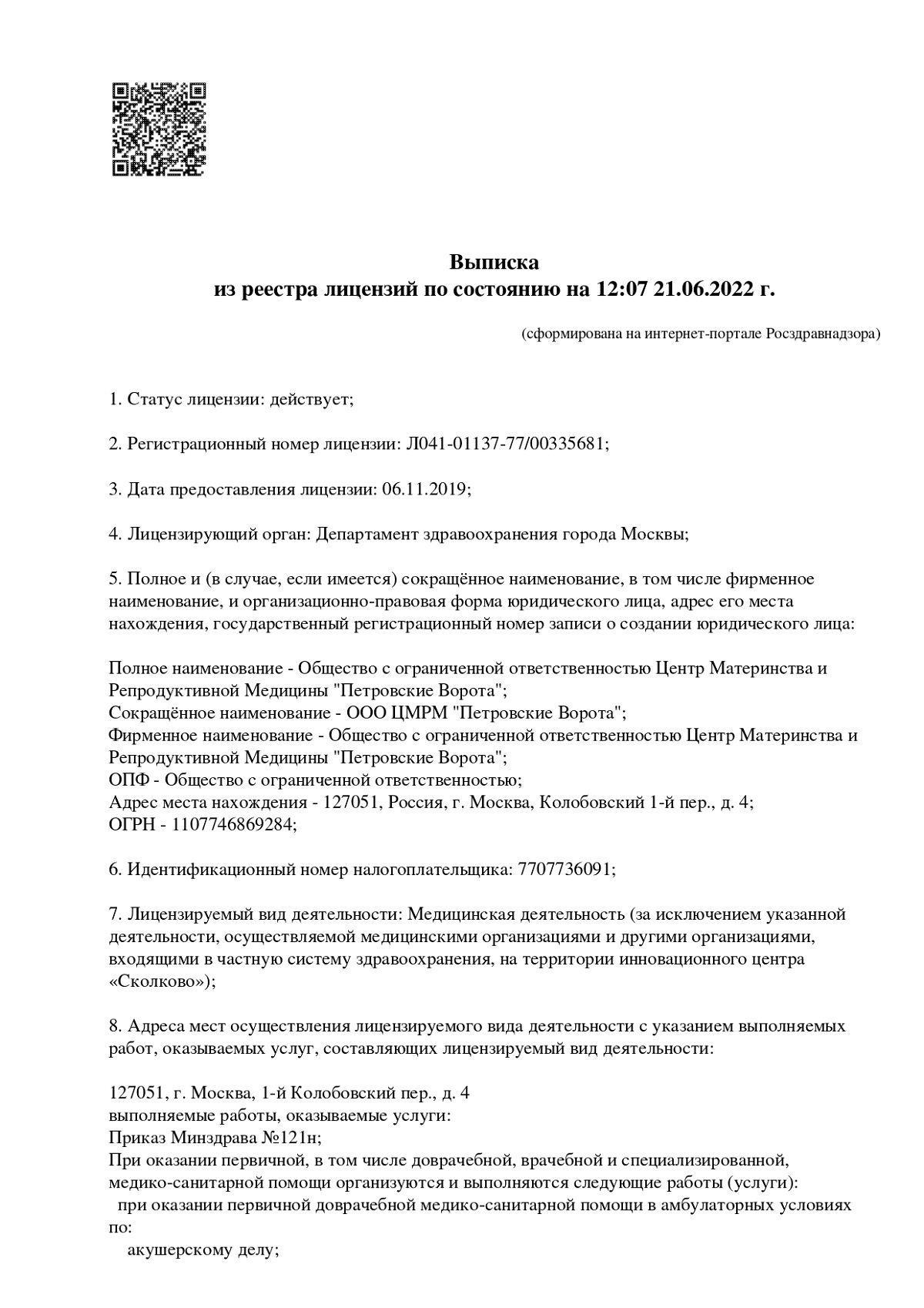
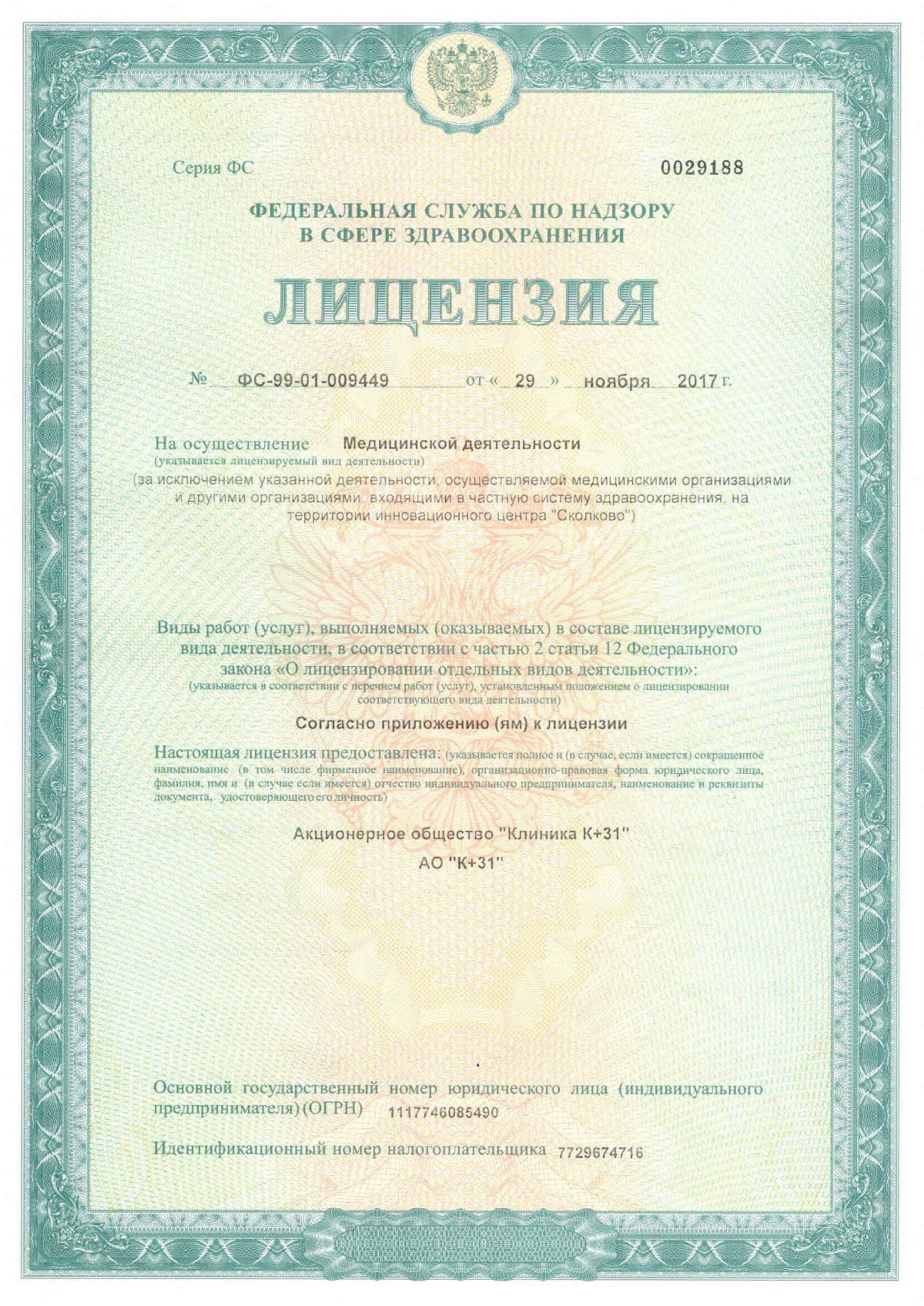
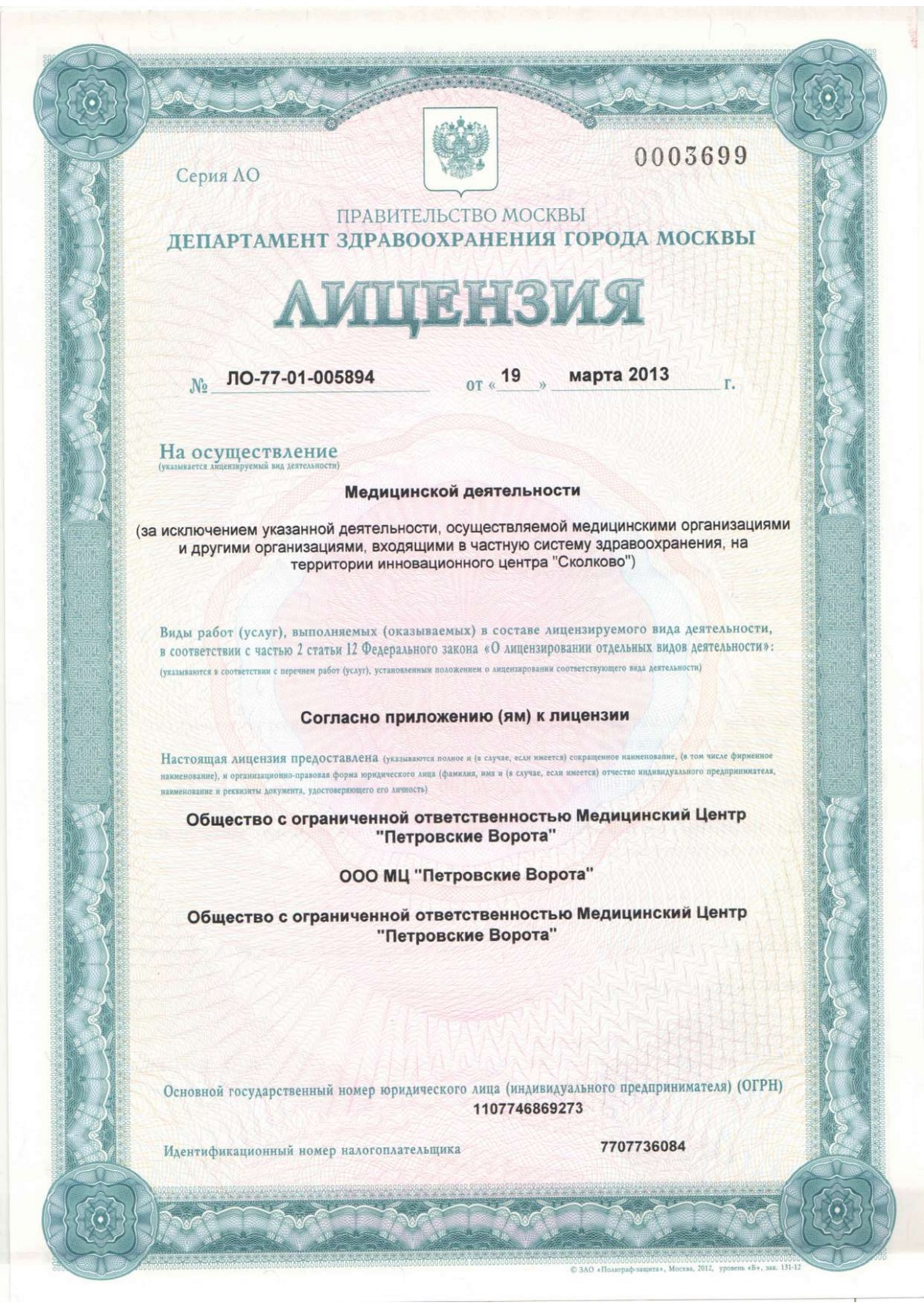

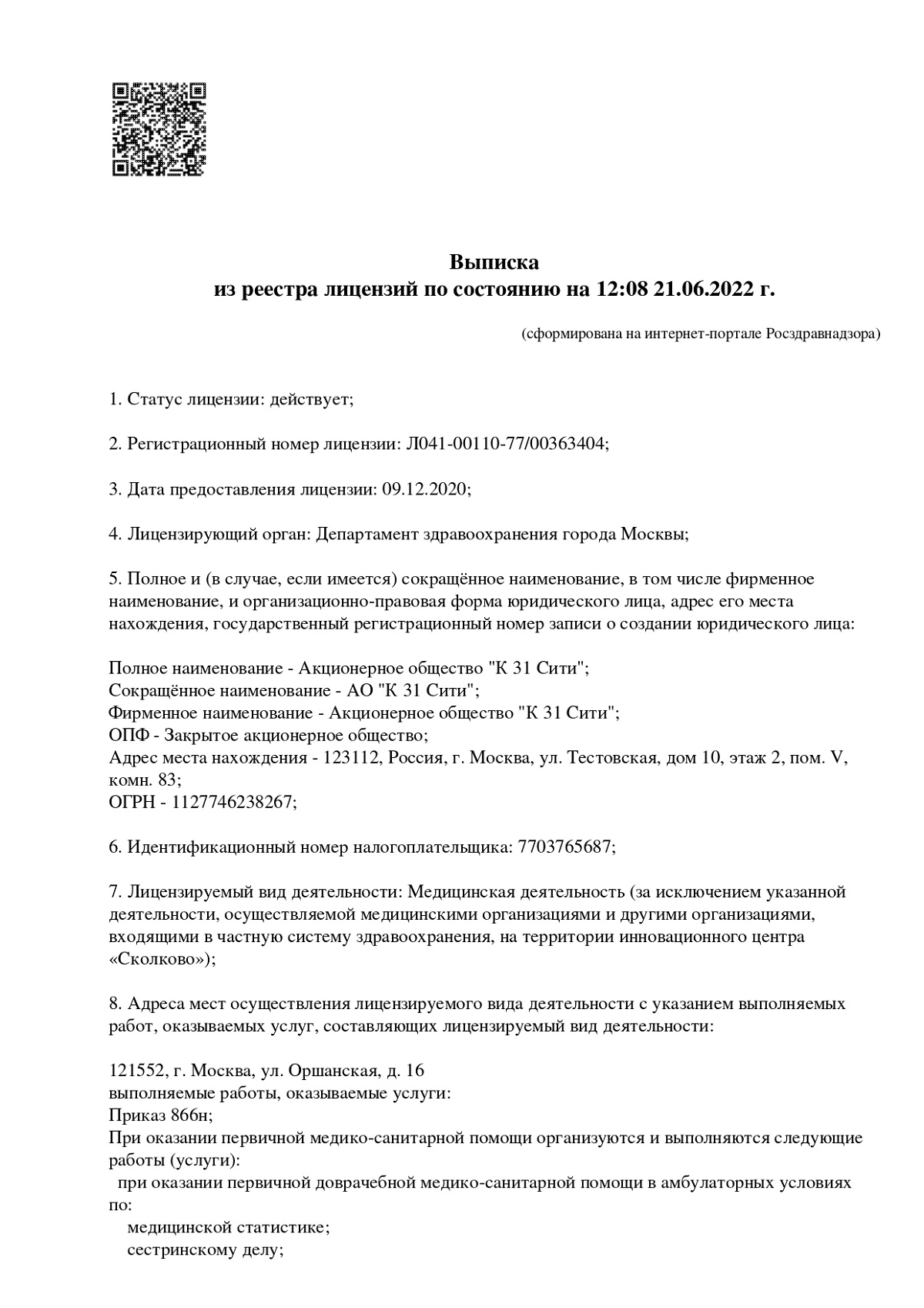
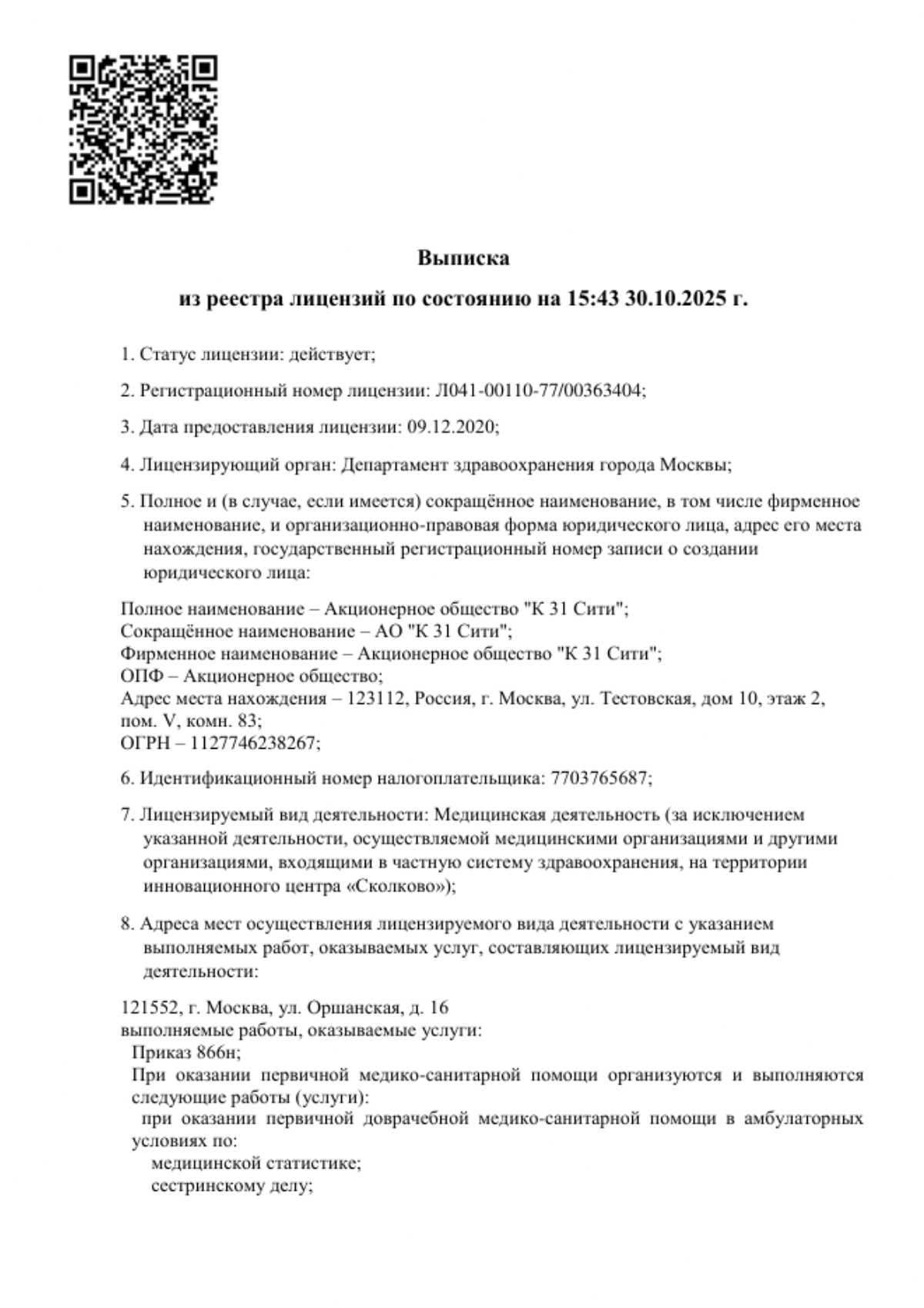
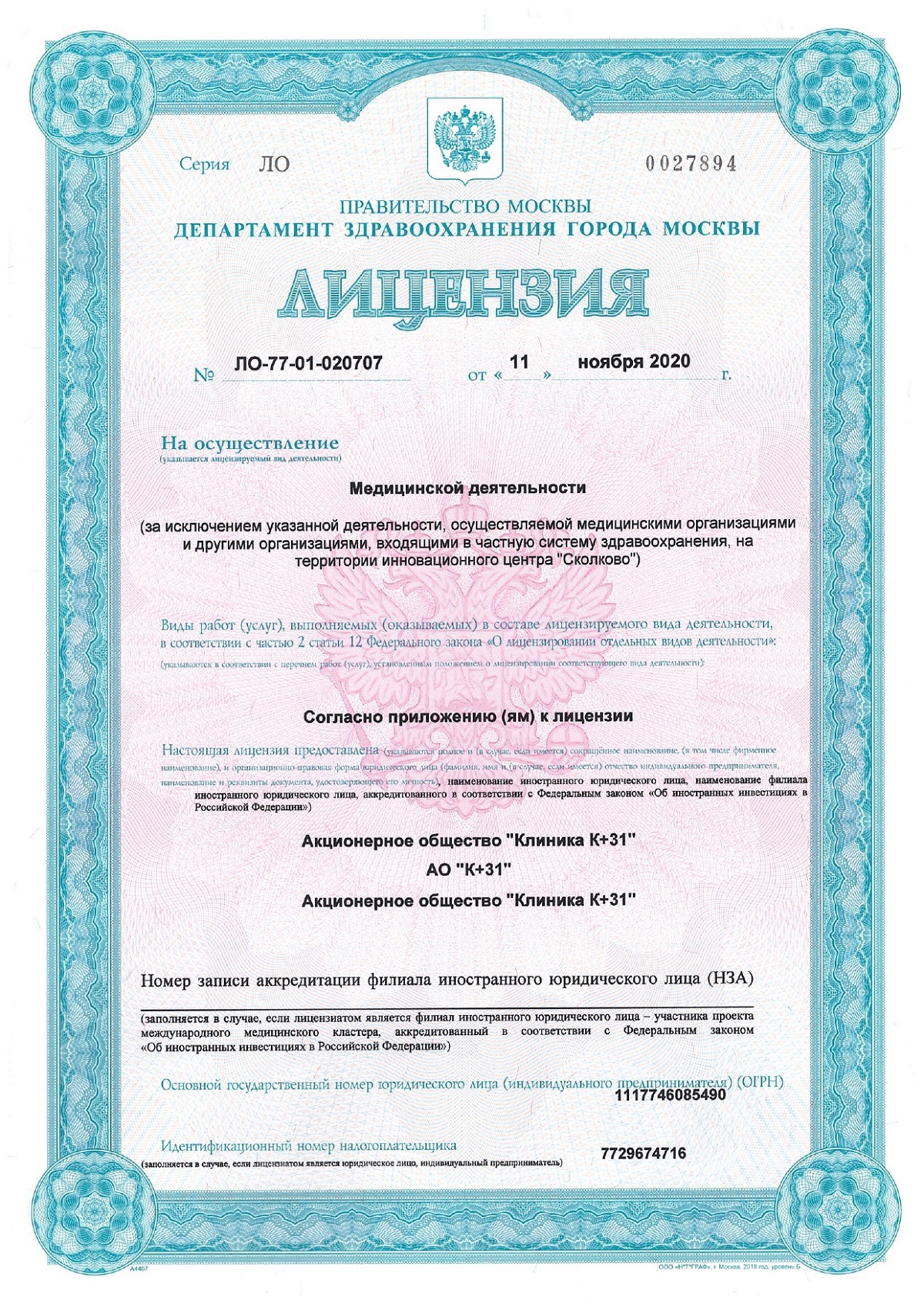

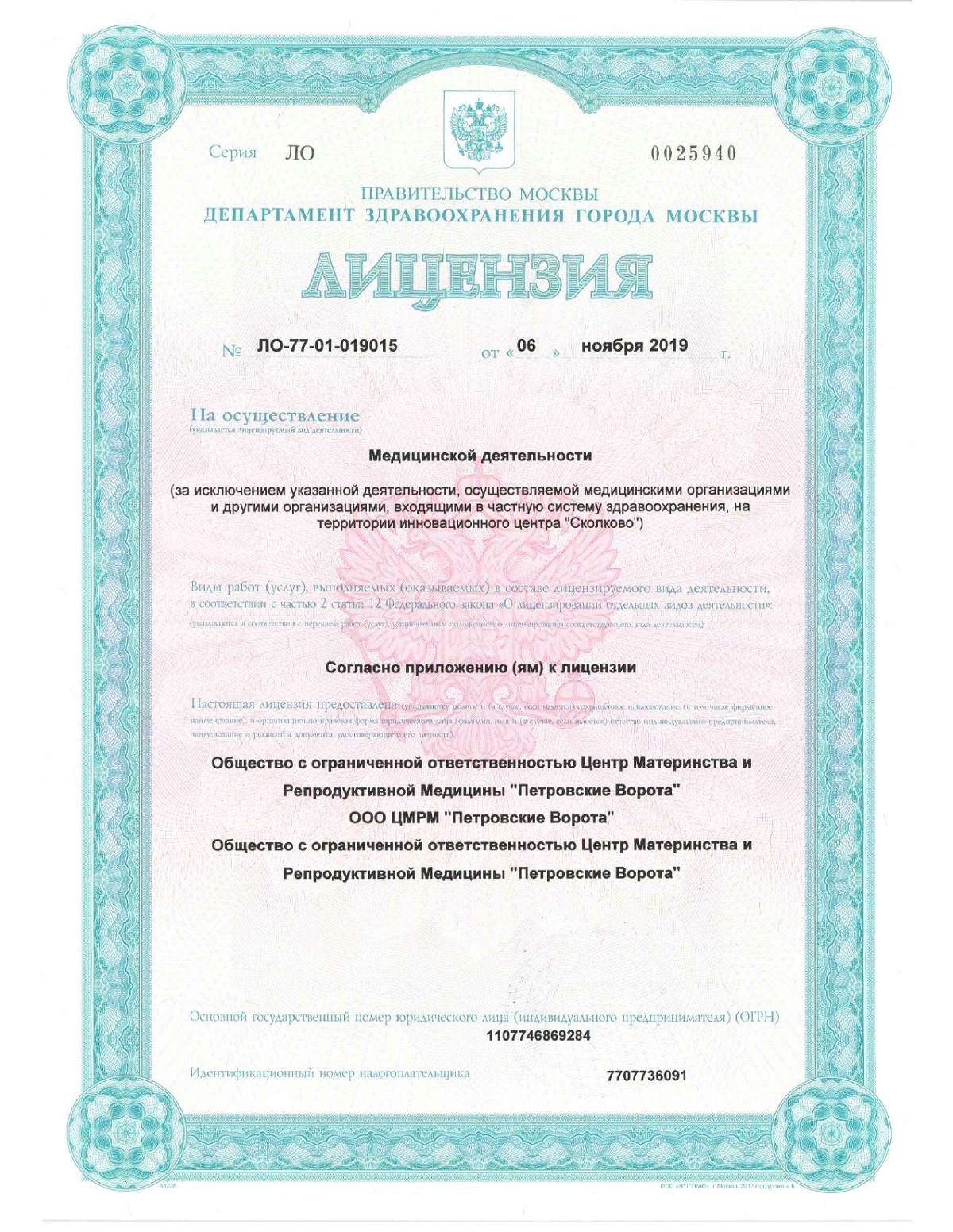




General description of a boil
An inflammatory process localized in the area of the sebaceous gland is called a furuncle. The pathology involves the presence of a purulent lesion. Most often, the formation appears where sebaceous glands are concentrated.
Disease Definition
A furuncle is a painful, rapidly developing infection that simultaneously affects the hair follicle, sebaceous gland, and adjacent layers of skin. This inflammation is primarily caused by pathogenic bacteria such as Staphylococcus aureus, which actively multiply within the body's tissues.
Causes of Furuncles
The main cause of furuncles is the entry of harmful microorganisms, most often staphylococci, into the body through minor skin injuries. An additional factor is a weakened immune system, often caused by long-term illnesses or metabolic disorders.
Other factors that contribute to the development of boils include: long-term skin conditions, minor wounds, hormonal and organ imbalances, impaired blood circulation in the dermis, loss of the natural microflora of the upper layer of the skin, and prolonged exposure to cold.